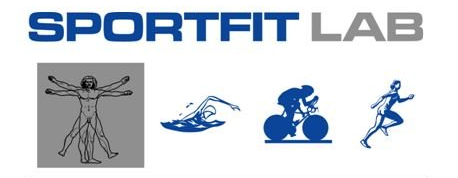Actually, most test rides are of limited usefulness in selecting a bike. First, how the bike "feels" will largely be determined by the position (and feel) of the "touch points" -- the saddle, handlebars, and pedals. If the saddle is uncomfortable, or positioned wrong, the bike will "feel" slow or uncomfortable -- even if the frame fits you well! If the handlebar (or aerobars) are in the wrong position -- which is almost always the case with a stock bike -- you will feel off-balance and uncomfortable ...and you'll think the bike "doesn't handle well" or is "twitchy."
Second, there is a HUGE "placebo effect" when trying a new bike. Yes, the human mind is powerful, and can mislead your body. If you THINK the bike is going to be fast -- because of its reputation or looks -- it will FEEL fast. If you think the bike is going to be "stiff," it will feel stiff.
Third, the bike's components (everything outside the frame and fork) will largely determine the feel (and satisfaction) of the ride. A 5-10 lb. difference in tire pressure, for example, will entirely change the feel of any bike -- more than the differences between frames of the same material. A poor set of wheels can make any frame feel sluggish; or the wrong crank-arm length can make the pedaling awkward or painful. These are items which could be changed after (or sometimes before) purchase -- but they can mislead you during a test ride.
Fourth, it's rare that a test ride lasts longer than 10-20 minutes, at most. In that short time, it's difficult (if not impossible) to tell how the bike will feel after an hour (or many more) of riding. Again, you can easily convince yourself that a bike feels great for 10 minutes; but only a proper FITTING can determine if your body is set up to ride efficiently for mile after mile.
Finally, we're all budget conscious, and you can easily be swayed by price. It's easy to see how a "sale" bike will seem to "feel better" than another model. That doesn't mean you have to, necessarily, spend more to get the right fit -- it just means that pricing can affect your test ride experience...and throw off your judgment.
